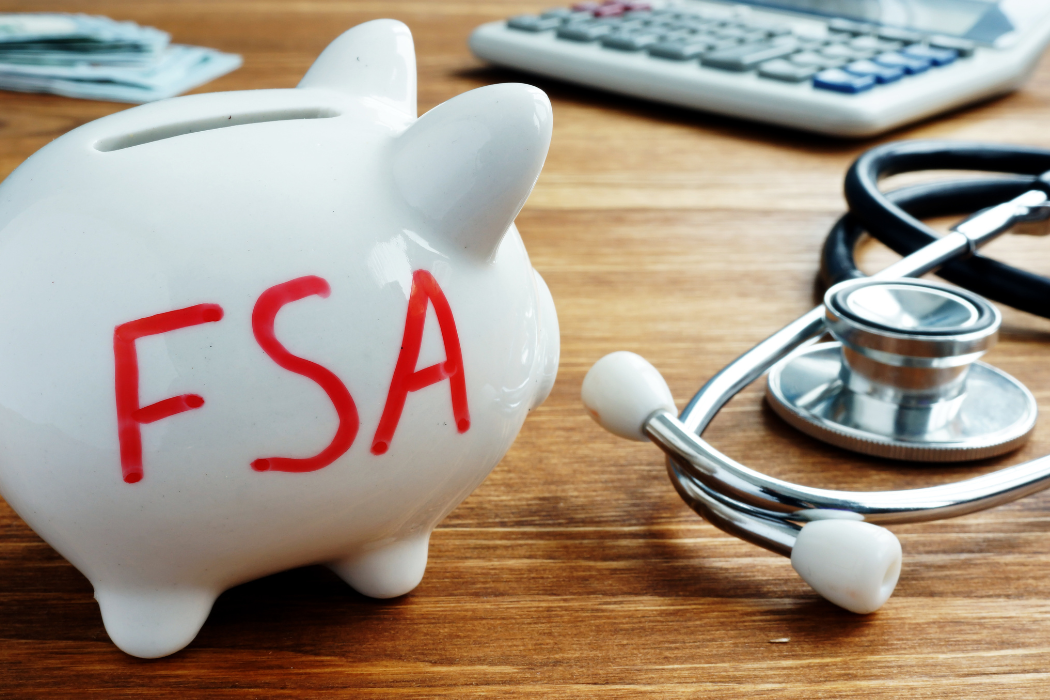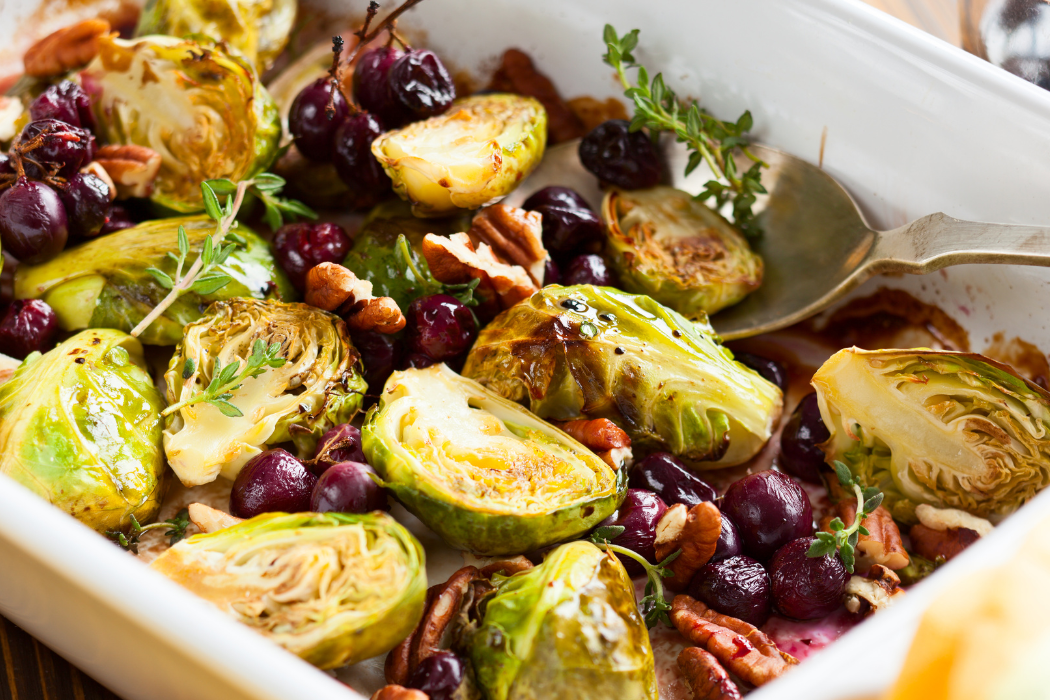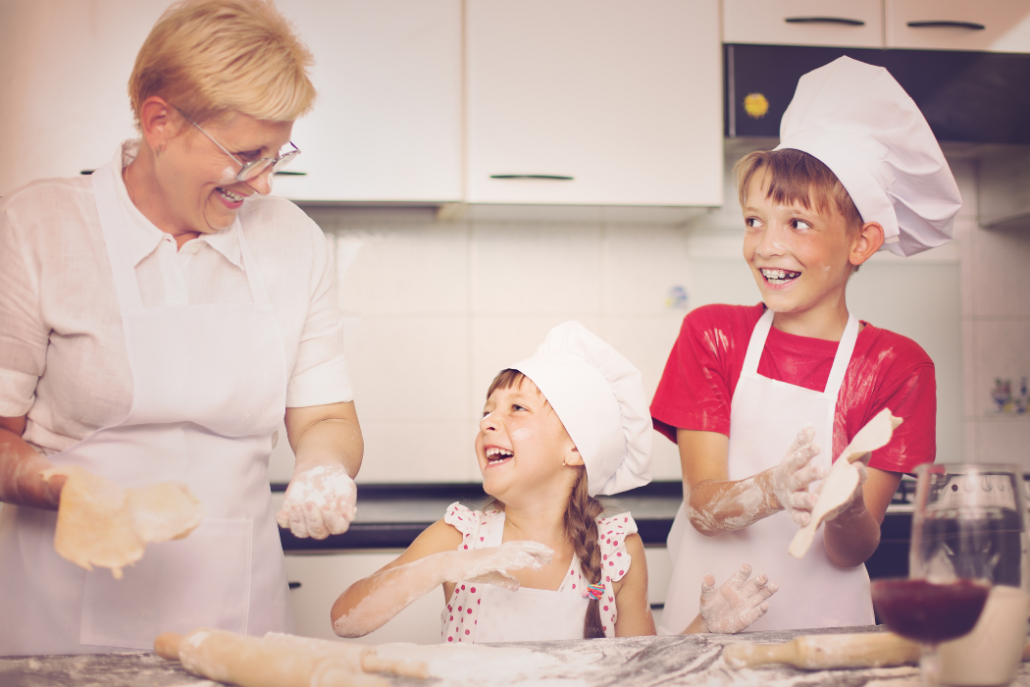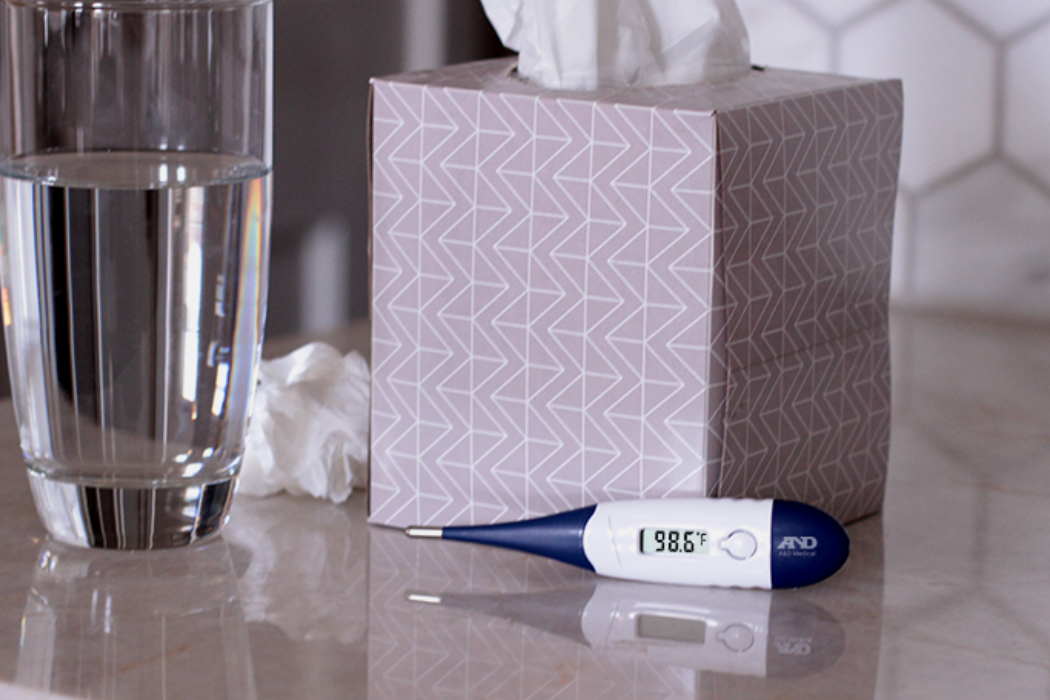6 Tips to Lower Blood Pressure Naturally
High blood pressure, or hypertension, is a silent health threat that affects millions worldwide. Left unmanaged, it can lead to severe complications such as heart disease, stroke, and kidney problems. The good news? You can take simple, natural steps to lower your blood pressure and maintain healthier readings. Here are six science-backed tips to get you started:
1. Reduce Caffeine Intake
Did you know that your morning cup of coffee could be affecting your blood pressure? Studies show that caffeine can temporarily spike blood pressure levels for up to three hours after consumption. If you’re a coffee enthusiast, consider limiting your intake or switching to decaf. Tracking your caffeine habits can reveal patterns and help you manage your levels more effectively.
2. Cut Back on Salt
Excess sodium is a well-known culprit behind high blood pressure. Aim to limit your salt intake to about one teaspoon (6 grams) per day. Replace salt with flavorful alternatives like herbs, spices, garlic, or lemon juice to enhance your meals without the added sodium. Even small changes can have significant effects on your heart health.
3. Shed Excess Pounds
Weight loss is one of the most effective lifestyle changes for controlling blood pressure. For every 2.2 pounds (1 kilogram) you lose, you may reduce your blood pressure by about 1 mmHg. Focus on maintaining a balanced diet rich in fruits, vegetables, lean proteins, and whole grains, and engage in regular physical activity to support healthy weight loss.
4. Prioritize Quality Sleep
Sleep is essential for overall health, and poor sleep patterns can contribute to high blood pressure. Aim for 7-9 hours of quality sleep each night. Develop a consistent sleep routine, create a relaxing bedtime environment, and minimize distractions such as screens before bedtime. Quality rest supports your heart and overall well-being.
5. Commit to Regular Exercise
Physical activity is a powerful tool in managing blood pressure. Regular aerobic exercise, such as brisk walking, jogging, cycling, or swimming, can lower your blood pressure by 5-8 mmHg. Aim for at least 30 minutes of moderate-intensity exercise most days of the week. The key is consistency—find activities you enjoy and make them a part of your routine.
6. Limit Alcohol Consumption
While moderate alcohol consumption can have some health benefits, excessive drinking raises blood pressure levels. Stick to recommended guidelines: no more than 14 units per week spread over several days. Cutting back on alcohol can significantly improve your cardiovascular health and reduce hypertension risks.
Small Changes, Big Results
These practical tips can empower you to take control of your blood pressure and improve your overall health. Remember, even small changes can lead to significant results over time. Track your progress, celebrate your wins, and stay consistent with your efforts.
Take the Next Step
Ready to take charge of your heart health? Try incorporating these tips into your routine today. For additional support, download our free blood pressure tracker or explore our range of advanced blood pressure monitors designed to help you stay on top of your health goals. Share your journey and tips in the comments below—we’d love to hear from you!
Your heart will thank you for it!
Click here to add your own text
The post 6 Tips to Lower Blood Pressure appeared first on A&D Medical.
]]>The Vital Role of Properly Fitted Blood Pressure Cuffs
When it comes to accurately measuring blood pressure, the importance of using the correct-sized cuff cannot be overstated. A properly fitted blood pressure cuff is essential for obtaining reliable readings and ensuring optimal patient care.
Why Size Matters
The size of the blood pressure cuff directly impacts the accuracy of the readings obtained. A cuff that is too small will result in artificially elevated readings, while a cuff that is too large may produce readings that are lower than the true value. This discrepancy can lead to misdiagnosis, inappropriate treatment decisions, and ultimately, compromised patient care.
Impact on Accuracy
Using an incorrectly sized cuff can significantly affect the accuracy of blood pressure measurements. When the cuff is too small, it cannot fully encircle the arm, leading to compression of the underlying arteries and an overestimation of blood pressure. Conversely, an oversized cuff may not apply enough pressure to occlude the brachial artery effectively, resulting in underestimation of blood pressure values.
Impact on Accuracy
The consequences of using improperly fitted blood pressure cuffs extend beyond inaccurate readings. Misdiagnosis of hypertension or hypotension can lead to inappropriate treatment decisions, including unnecessary medication prescriptions or failure to intervene when treatment is warranted. Additionally, inaccuracies in blood pressure measurement may result in delayed detection of cardiovascular conditions, putting patients at risk for adverse outcomes.
Advancements in Cuff Design
Fortunately, advancements in blood pressure monitoring technology have led to the development of cuffs that accommodate a wide range of arm sizes and shapes. Adjustable cuffs, contoured cuffs, and pre-formed cuffs are among the innovations that have improved the accuracy and comfort of blood pressure measurement for patients of all ages and body types. Check out a list of our blood pressure cuffs to find the right fit for you.
The post The Vital Role of Properly Fitted Blood Pressure Cuffs appeared first on A&D Medical.
]]>How to Take Your Blood Pressure at Home with Abraham the Pharmacist
Monitoring your blood pressure at home is a valuable tool for managing your health, especially if you have hypertension or are at risk of developing it. In a recent video, Abraham the Pharmacist shares essential steps and pro tips to ensure you get the most accurate readings every time you use your blood pressure monitor.
Abraham, a trusted healthcare professional, has collaborated with A&D Medical to provide this informative guide. A&D Medical is known for reliable, easy-to-use blood pressure monitors, making them an ideal choice for helping you manage your health effectively.
Here’s a breakdown of the seven key steps Abraham discusses:
1. Wait 30 minutes: Before you even think about taking your blood pressure, it’s important to wait at least 30 minutes if you’ve recently eaten, smoked, had caffeine, or exercised. These activities can temporarily raise your blood pressure, leading to inaccurate readings.
2. Relax for 5 minutes: Once you’re ready to take your measurement, sit down in a comfortable chair with your back supported. Make sure your feet are flat on the floor, your legs aren’t crossed, and your arms are resting on a table. If you need to use the restroom, do so before taking your measurement, as a full bladder can also affect your results.
3. Position the cuff: Extend your arm with the palm facing up, and place the blood pressure cuff around your upper arm. The cuff should sit about two fingers above your elbow. It should be snug, but not too tight—make sure you can still slide two fingers underneath the cuff.
4. Align the cuff properly: Many blood pressure cuffs, like A&D Medical cuffs, come with alignment markers to help you position them correctly. Follow the instructions to ensure the cuff is aligned properly with your artery.
5. Prepare for the reading: When you’re ready to start the measurement, stay still and avoid any movements, talking, chewing, or laughing. Any of these actions can interfere with the accuracy of your reading.
6. Take two readings: After your first reading, wait for a minute and take a second one. If your first reading is unusually high, a third reading can help confirm the results.
7. Monitor your blood pressure over time: Understanding your readings is crucial. Keep track of your measurements and note any lifestyle factors that may be influencing them. Using a blood pressure monitoring app can help you stay on top of your health.
By following these steps and using a high-quality blood pressure monitor like those from A&D Medical, you can ensure that your home blood pressure measurements are as accurate and reliable as possible. Abraham the Pharmacist’s expertise combined with A&D Medical’s cutting-edge technology makes managing your blood pressure at home simple and effective.
The post How to Take Your Blood Pressure at Home with Abraham the Pharmacist appeared first on A&D Medical.
]]>Take Control of Your HSA/FSA Reimbursement
Are you aware of which products are eligible for reimbursement?
Blood Pressure Monitors, thermometers, and pulse oximeters qualify for reimbursement through a Flexible Spending Account (FSA) or Health Savings Account (HSA). Additionally, a weight scale can be reimbursed if accompanied by a Letter of Medical Necessity.
How to Get Reimbursed with a FSA (Flexible Spending Account)
Contact your employer for details on using your specific FSA. Generally, to receive reimbursement for eligible purchases, submit a claim along with your receipt to your employer or plan provider. You’ll then receive reimbursement for your expenses. Make sure to track claim submission deadlines to avoid missing out on reimbursements. Maintain organized records of your receipts and necessary paperwork in case your claim is audited.
How to Get Reimbursed with a HSA (Health Savings Account)
To get reimbursed for eligible expenses with an HSA, ensure the expense occurred after your HSA was established. You can reimburse yourself by writing a check from your HSA account or initiating an online check reimbursement or transfer. Understand the annual contribution limits for HSAs, which helps with budgeting and planning. HSA funds grow tax-free, and withdrawals for qualified medical expenses are also tax-free. Save receipts and documentation, even after reimbursement, to support your tax filings.
The post HSA/FSA Reimbursement appeared first on A&D Medical.
]]>Heart-Healthy Holiday Gift Guide
Do you have a friend or loved one looking to get healthier? Why not encourage them to keep up their healthy habits with a thoughtful, but useful gift. The holidays are the perfect time to show you care and support their journey to better health. Here’s a heart-healthy gift guide filled with ideas that can help keep your loved ones on a healthy path while spreading joy this season!
Heart-Healthy Gift Ideas
For someone that loves to cook: Cookbooks focused on heart health
Cooking can be both delicious and healthy. There are lots of great cookbooks that emphasize whole foods, plant-based recipes, and low-sodium options, all healthy options.
The New American Heart Association Cookbook, 9th Edition: Revised and Updated with More Than 100 All-New Recipes The most recognized and respected name in heart health has a cookbook with delicious, heart healthy recipes.
For someone that appreciates high quality ingredients: Artisanal Olive Oil
Extra virgin olive oil is a staple of heart-healthy diets. A beautifully packaged bottle can make a thoughtful gift, perfect for drizzling over salads or using in cooking.
Brightland olive oil is cold-pressed by a master miller that keeps it fresh and flavorful, plus they come in sets that are packaged ready to gift.
For someone that is busy, but wants to eat healthy: Personal blender
A compact blender is perfect for making smoothies packed with fruits and vegetables. It’s a great way to encourage healthy snacking.
The BlendJet makes blending fresh, healthy smoothies possible wherever you go.
For someone that likes numbers: Home blood pressure monitor
Regularly checking blood pressure can help individuals stay informed about their cardiovascular health and detect any potential issues early.
The A&D Bluetooth® Monitor connects to the FREE, highly rated Heart Track Companion App to make tracking blood pressure extra easy.
For someone that needs to relax: Herbal Tea Assortment
Herbal teas like hibiscus and green tea are known for their heart health benefits. A selection of high-quality teas can encourage relaxation and hydration.
Harney & Sons comes in an art inspired tin and Royal Pomegranate tea offers a light and layered blend of detoxifying green tea and antioxidant-rich pomegranate.
For someone that likes to try new ways to exercise: Fitness Classes
Gift a subscription or pass to local yoga or fitness classes. This encourages physical activity and stress reduction, both vital for heart health.
A gift card to ClassPass allows access to various fitness classes, including yoga, pilates, and more
Bonus Tips For Gift Giving
Personal Touch: Add a handwritten note with heart health tips or a favorite healthy recipe.
Encourage Togetherness: Plan a heart-healthy cooking night or a group fitness class to make the gift even more special.
Click here to add your own text
The post Heart-Healthy Holiday Gift Guide appeared first on A&D Medical.
]]>5 Delicious Heart-Healthy Thanksgiving Side Dishes to Impress Your Guests
Thanksgiving is a time for family, gratitude, and of course, delicious food. But it doesn’t have to be a time to compromise on health. By incorporating heart-healthy ingredients into your dishes, you can enjoy a festive meal that’s both tasty and good for your heart.
Heart-Healthy Ingredients to Include:
- Leafy Greens: Vegetables like spinach, kale, and Brussels sprouts are rich in vitamins, minerals, and antioxidants that support heart health.
- Whole Grains: Ingredients such as quinoa, brown rice, and oats provide fiber, which can help lower cholesterol levels.
- Nuts and Seeds: Almonds, walnuts, and flaxseeds are excellent sources of healthy fats, protein, and fiber.
- Berries: Cranberries, blueberries, and strawberries are packed with antioxidants that can reduce inflammation and improve heart health. Healthy
- Fats: Olive oil and avocados are great sources of monounsaturated fats, which can help reduce bad cholesterol levels.
Here are five heart-healthy side dishes that will keep your heart happy, and your taste buds satisfied.
Roasted Brussels Sprouts with Cranberries and Pecans
Brussels sprouts are a fantastic source of fiber and antioxidants. This dish combines the nutty flavor of roasted Brussels sprouts with the sweetness of cranberries and the crunch of pecans. It’s a perfect balance of flavors and textures.
Find the recipe here
Quinoa Stuffing
Traditional stuffing can be heavy and high in sodium, but this quinoa stuffing is a lighter, heart-healthy alternative. Quinoa is a complete protein and is rich in heart-healthy nutrients like magnesium and potassium.
Find the recipe here
Sweet Potato Casserole with Oat Topping
Sweet potatoes are packed with vitamins A and C, and they have a natural sweetness that makes them a favorite at Thanksgiving. This casserole uses an oat topping instead of marshmallows, making it a healthier choice.
Find the recipe here
Garlic Green Beans
Green beans are a low-calorie, nutrient-dense vegetable that can be a great addition to your Thanksgiving table. This simple recipe uses garlic and a touch of olive oil to enhance the natural flavor of the green beans.
Find the recipe here
Cranberry-Orange Relish
Cranberries are known for their antioxidant properties, and this relish combines them with the bright, citrusy flavor of oranges. It’s a refreshing side that pairs well with turkey and other Thanksgiving dishes.
Find the recipe here
The post 5 Delicious Heart-Healthy Thanksgiving Sides appeared first on A&D Medical.
]]>Understanding High Blood Pressure in Children:
A Growing Concern
High blood pressure, often associated with adults, is increasingly becoming a concern for children and adolescents. Recent studies highlight the importance of monitoring and managing blood pressure from a young age to prevent long-term health issues.
Incidence and Statistics: According to the American Heart Association, about 1 in 7 children and teens in the U.S. have blood pressure that’s higher than normal. This includes both elevated blood pressure and hypertension.
Risk Factors
Several factors contribute to the risk of developing high blood pressure in children:
- Family History: A family history of hypertension increases the likelihood of children developing high blood pressure.
- Obesity: Obesity is a significant risk factor, with nearly half of the youth newly classified as having high blood pressure being obese with nearly half of the youth newly classified as having high blood pressure being obese. The prevalence of high blood pressure in obese adolescents can be as high as 30%.
- Lifestyle Factors: Poor diet, high in sodium, and lack of physical activity are major contributors.
Symptoms
High blood pressure in children often goes unnoticed because it usually doesn’t cause symptoms. However, in severe cases or hypertensive crises, children may experience:
-
Headaches
-
Seizures
-
Vomiting
-
Chest pains
-
Fast, pounding, or fluttering heartbeat (palpitations)
-
Shortness of breath
If your child exhibits any of these symptoms, it’s crucial to seek emergency medical care.
Long-term Risks
High blood pressure in childhood is linked to a higher risk of cardiovascular disease in adulthood. It can lead to target organ damage, such as left ventricular hypertrophy and pathologic vascular changes. Early intervention is crucial to mitigate these risks.
Prevention and Management
Preventing and managing high blood pressure in children involves:
- Healthy Diet: Encouraging a diet rich in fruits, vegetables, and low in saturated fats and sodium.
- Regular Physical Activity: Promoting at least 60 minutes of physical activity daily.
- Regular Monitoring: Ensuring regular blood pressure checks, especially for children with risk factors.
The post Hypertension in Children appeared first on A&D Medical.
]]>Regular Blood Pressure Monitoring: A Key to Lowering Alzheimer’s Risk
A recent study has revealed a crucial link between high blood pressure and an increased risk of Alzheimer’s disease, emphasizing the importance of regular blood pressure monitoring. Published on August 14, 2024, in Neurology, the study found that individuals aged 60 and above with untreated high blood pressure are at a significantly higher risk of developing Alzheimer’s compared to those who regularly monitor and manage their blood pressure.
The Impact of Alzheimer’s Disease
Alzheimer’s disease, the most common form of dementia, affects nearly 7 million people in the U.S., accounting for 60% to 80% of all dementia cases. Characterized by severe memory loss and cognitive decline, Alzheimer’s interferes with daily life. While aging is the primary risk factor, the study highlights that untreated high blood pressure significantly increases the risk, making regular monitoring essential.
High Blood Pressure and Brain Health
Hypertension can damage blood vessels and reduce blood flow to the brain, contributing to cognitive decline and increasing the likelihood of Alzheimer’s. The study showed that individuals who do not regularly monitor their blood pressure face a much higher risk of developing the disease compared to those who manage their blood pressure effectively.
Importance of Monitoring and Management
Regular blood pressure monitoring is crucial for early detection and management of hypertension, helping to prevent serious health issues like Alzheimer’s. Early intervention through consistent monitoring can protect brain health and reduce the risk of dementia.
Practical Steps for Blood Pressure Control
Medications: Regular monitoring allows for timely adjustments to ensure optimal blood pressure control.
Healthy Lifestyle: A diet low in sodium, regular exercise, and stress management are key components of maintaining healthy blood pressure.
Mental and Social Engagement: Staying mentally active and maintaining social connections also support brain health.
Click here to add your own text
The post Alzheimer’s Disease and Blood Pressure appeared first on A&D Medical.
]]>Back to School Month – Essential Medical Devices for a Healthy Start
As September arrives, the excitement of a new school year fills the air. Families are busy shopping for notebooks, backpacks, and all the supplies needed for a successful academic year. However, amidst the hustle and bustle, it’s crucial not to overlook the importance of staying healthy. Along with the traditional school supplies, essential medical devices can play a vital role in ensuring your family’s well-being throughout the school year.
Thermometer
A thermometer is a must-have in every household, especially during the school year. Children are exposed to various environments and germs, making them susceptible to fevers and illnesses. Having a reliable thermometer on hand allows parents to quickly monitor their child’s temperature and take necessary actions to prevent the spread of illness. Whether it’s a traditional digital thermometer or an ear/ forehead infrared version, ensuring you have an accurate device is key.
Blood Pressure Monitor
For families with older children, teens, or adults who have health conditions requiring regular monitoring, a blood pressure monitor is an essential tool. Keeping track of blood pressure can help in managing health issues and ensuring that any irregularities are addressed promptly. Automated blood pressure monitors are user-friendly and provide quick, accurate readings, making them convenient for regular use at home.
Pulse Oximeter
A pulse oximeter is a valuable device that measures oxygen saturation levels in the blood and heart rate. This small, portable device can be particularly useful for monitoring respiratory health, especially during flu season or if anyone in the family has a respiratory condition like asthma. By providing immediate feedback on oxygen levels, a pulse oximeter helps ensure that any respiratory issues are identified and addressed quickly.
The post Back to School Month appeared first on A&D Medical.
]]>Top Mistakes People Make When Choosing a Blood Pressure Cuff (And How to Avoid Them)
Accurate blood pressure readings are crucial for monitoring and managing your health, particularly if you have hypertension or other cardiovascular concerns. However, the accuracy of these readings can be compromised if the blood pressure cuff you’re using is not a proper fit. Here are some of the most common mistakes people make when choosing a blood pressure cuff and how to avoid them:
Not Measuring Arm Circumference
One of the most frequent mistakes is not measuring the arm circumference before purchasing a blood pressure cuff. Many people assume that a standard cuff will fit all, but this is not the case. Using a cuff that is too large or too small can result in inaccurate readings. How to avoid it: Use a flexible measuring tape to measure your arm’s circumference at the midpoint between your shoulder and elbow. Choose a cuff size that matches your measurement.
Ignoring Manufacturer Guidelines
Each blood pressure monitor comes with specific guidelines from the manufacturer regarding the cuff sizes. Ignoring these recommendations can lead to selecting an incompatible cuff. How to avoid it: Always refer to the manufacturer’s guidelines and ensure that the cuff size you choose is compatible with your blood pressure monitor.
Overlooking Adjustable Cuff Features
Some blood pressure cuffs come with adjustable features that can fit a range of arm sizes, but not all cuffs have this flexibility. Overlooking these features can limit the usability of the cuff. How to avoid it: If multiple people will be using the same monitor, consider purchasing a family cuff with adjustable features or buying multiple cuffs of different sizes.
Choosing the Wrong Type of Monitor
There are manual and automatic blood pressure monitors, and each requires a specific type of cuff. Using a manual cuff with an automatic monitor, or vice versa, can result in improper fit and inaccurate readings. How to avoid it: Ensure that the cuff you purchase is designed for the type of monitor you are using. Check the product specifications carefully.
The post Top Mistakes People Make When Choosing a Blood Pressure Cuff (And How to Avoid Them) appeared first on A&D Medical.
]]>

































